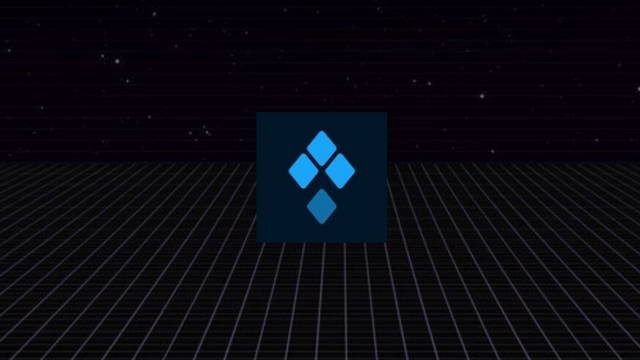
In early September, several Ethereum LSD protocols, including RocketPool, StakeWise, and Stader Labs, launched a joint commitment to limit their market share to no more than 22% of the total pledged amount. This move is intended to address the growing concentration of the Ethereum staking market. However, Lido Finance, the market leader with a market share of 32%, did not take a position on this, triggering widespread controversy in the community. Against this background, encryption KOL Poopman posted a post on his social platform, emphasizing the importance of distributed verification node technology (DVT) in preventing single points of failure and achieving decentralization, and conducted an in-depth analysis of the related protocol SSV Network.
The current state of the Ethereum staking market
After the merger of Ethereum, its consensus mechanism has transitioned from PoW to PoS. The introduction of the PoS mechanism has accelerated the growth of staking solutions such as Lido, but it also brings the risk of protocol centralization. Currently, Lido’s market share is about 33%, which means that the high concentration of the staking market may bring potential security issues.
Distributed Validator Technology (DVT): DVT stands for Distributed Validator Technology. This technology distributes the validator’s private keys across multiple computers to prevent single points of failure. In simple terms, DVT can be viewed as a solution similar to multi-signature.
Validator node key
Under the PoS mechanism, the verifier node key is introduced and is responsible for signing on-chain operations such as block proposals and proofs. These keys must be kept in hot wallets to ensure their security.
The four pillars of DVT: Shamir's Secret Sharing and Threshold Cryptography: Shamir's Secret Sharing is an algorithm that divides private keys into multiple nodes. Each node holds only a small portion of the key, and no single node can sign a message unless a voting threshold (such as 3/4 or 5/7) is reached.
BLS signatures: PoS uses BLS signatures, allowing multiple signatures to be aggregated into a single signature. When a node signs a transaction, BLS signatures combine all the signatures into a single signature that represents the validating node's private key.
DKG (Distributed Key Generation): DKG is a process of creating a key share and distributing it to each node. Each participant makes a secret share to ensure that no party can learn the user's private key.
MPC (Multi-Party Computation): MPC allows operators to sign messages using only their secret share without having to reconstruct the full private key on any individual device. This helps reduce the risk of private key centralization.
The role of SSV Network
SSV stands for Secret Shared Validators, more recently known as DVT. The concept of SSV originated from a research paper in collaboration with members of the Ethereum Foundation and aims to decentralize validator tasks across a group of nodes. SSV distributes the validator's private key to a group of nodes, ensuring its security and decentralization.
How SSV works: Stakers can select 4 operators from a list, then deposit SSV to these operators and earn ETH directly on-chain based on the term of their choice (e.g. 1 year, 6 months). Each operator can set its own fees and compete with other operators in the P2P market.
SSV fee structure: Operators and networks will charge operating fees and network fees to users who use the SSV network. The network fee is a fixed cost per validator designed by the DAO and flows directly into the DAO treasury. Fees are deducted from stakers’ SSV balances over time, and have currently accumulated approximately $10 million in TVL.
Governance of SSV
SSV token holders can participate in the governance of SSV DAO and make the following decisions:
It is expected that the SSV Network will see greater adoption, which will lead to more stakers depositing SSV with operators for greater security and decentralized services, resulting in less circulating supply on the market.
Trade SSV on the secondary market or provide liquidity for the SSV-ETH pair on Uniswap and earn around 64% APR.
SSV’s revenue model:Running a node and earning SSV as service fees is a viable revenue model. The more key market share you manage, the more SSV you earn. However, operators need to note that appreciation in SSV does not necessarily lead to higher revenue. In fact, when the price of SSV increases, operators often lower fees to attract more stakers. Likewise, when the price of SSV drops, they increase their fees. The dynamics of this fee are also affected by how many stakers and operators there are in the market.
in conclusion
The centralization issue in the Ethereum staking market needs to be taken seriously, and Distributed Validation Node Technology (DVT) and SSV Network provide feasible solutions. By distributing the verifier's private key across multiple computers, DVT can effectively prevent single points of failure and achieve decentralization. At the same time, SSV Network’s operating model and fee structure also provide stakers with higher security and decentralized services. In the future, as more stakers join, SSV Network is expected to be more widely adopted, further promoting the decentralization of the Ethereum staking market.